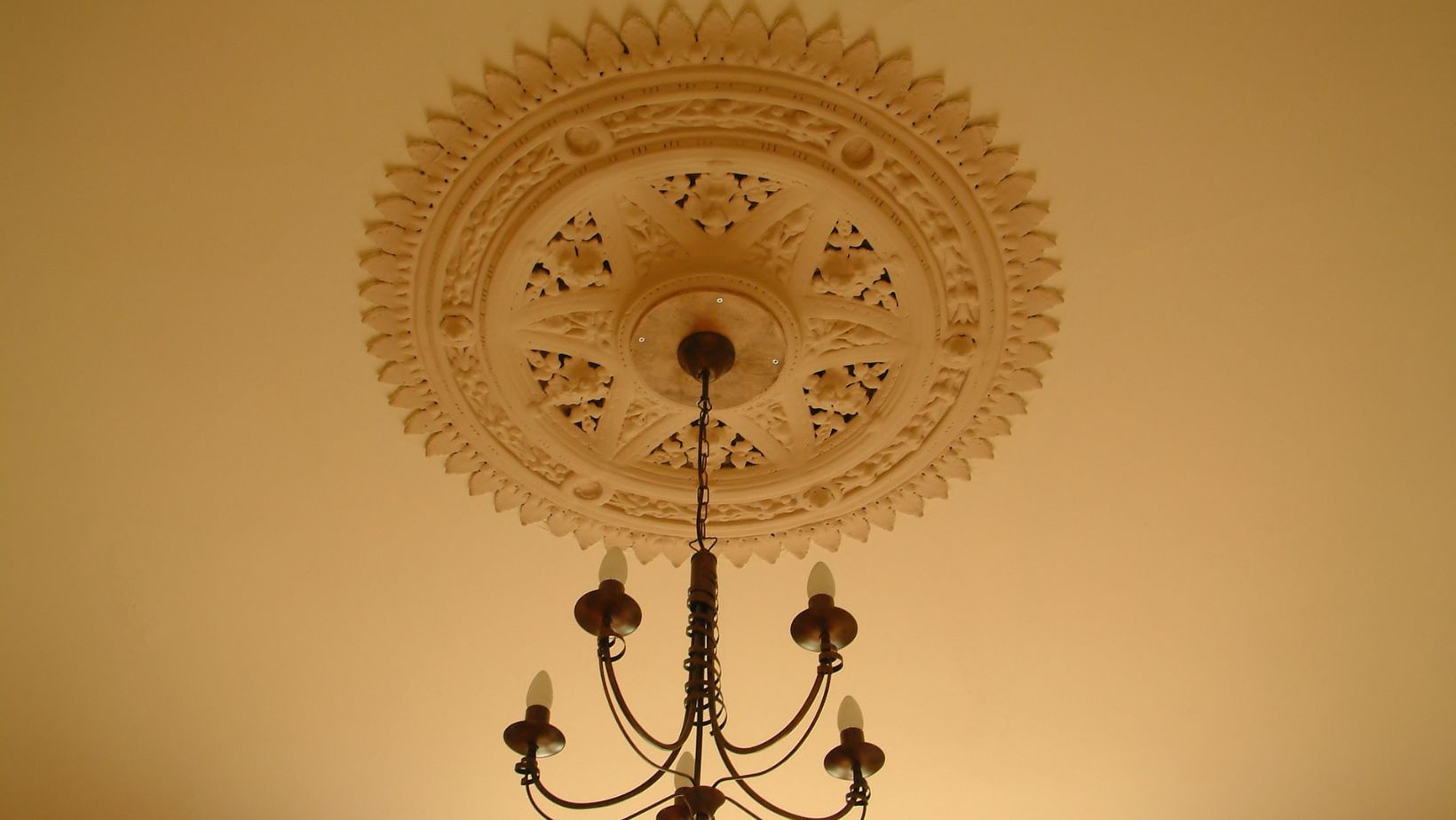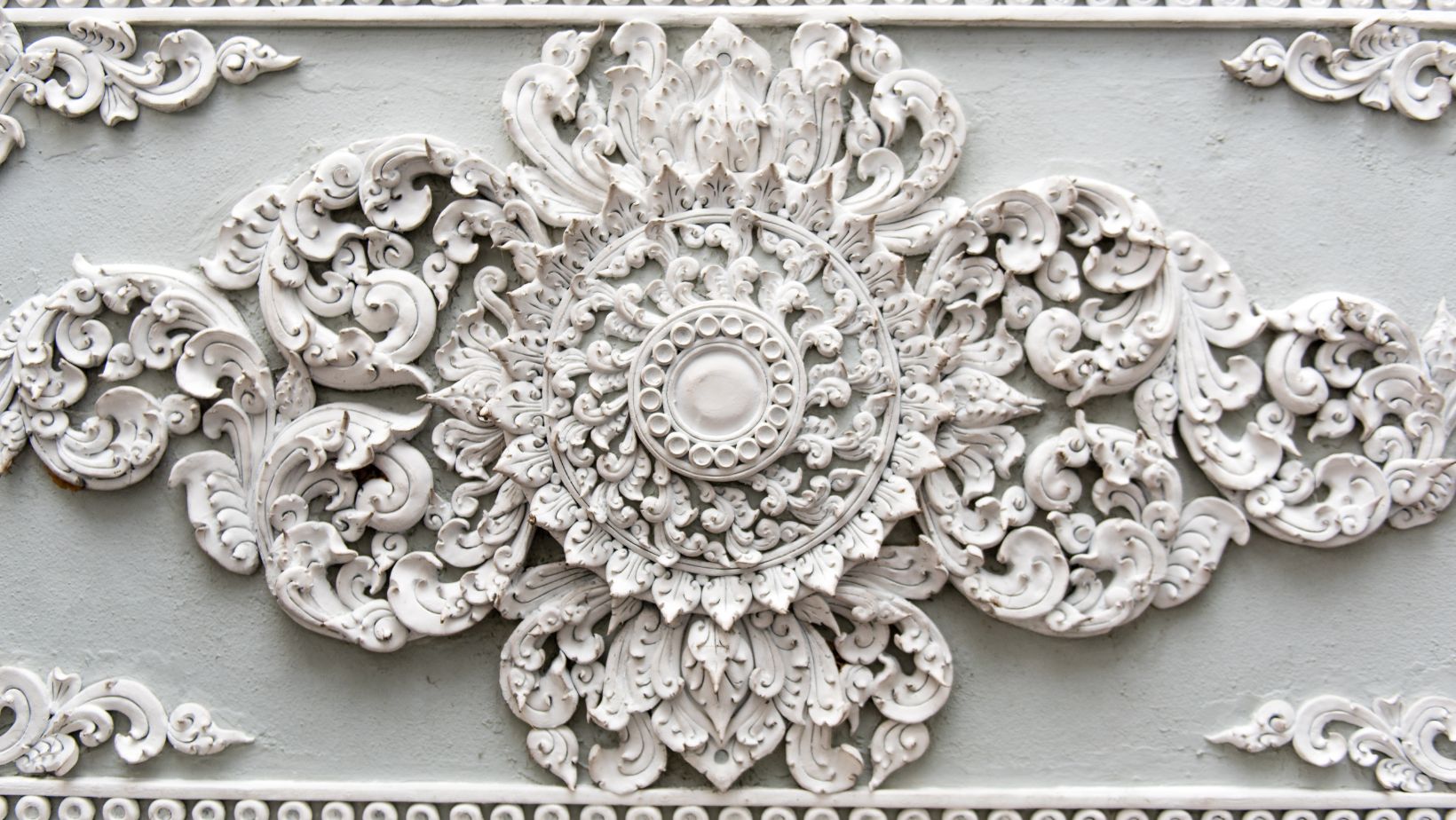For a very long time, Victorian ceiling roses have been valued for their elaborate beauty and classic appeal. These ornate pieces, frequently made with elaborate patterns, have been decorating ceilings in houses and structures for decades.
Even though they are usually connected to the Victorian era, their allure has endured, making them a well-liked option for homeowners looking to give their living areas a sophisticated touch.
However, one question that frequently arises is whether Victorian ceiling roses are suitable for high ceilings. This article will explore the characteristics of Victorian ceiling roses and their compatibility with lofty spaces.
Historical Significance
Victorian architecture peaked in the 19th century and was distinguished by its lavish details and grandeur. Ceiling roses adorned the ceilings of opulent residences and public buildings and became an essential component of this architectural style.
These ornamental components were painstakingly made from plaster, producing elaborate designs demonstrating the era’s artistry. Victorian ceiling roses were so popular that they are still seen as a representation of classic elegance today.
Design Versatility
The timeless appeal of Victorian ceiling roses is largely attributed to their adaptable design. These elaborate elements are available in various sizes and designs, from plain and simple to intricate and detailed.
Because of this variety, homeowners can select a ceiling rose that blends in with the size and design of the room in question. Greater and more elaborate Victorian ceiling roses can be chosen for high ceilings to provide a dramatic effect without overpowering the room.
Scale And Proportion
Though they provide a large canvas for design, high ceilings require careful attention to size and proportion to provide a cohesive aesthetic. Larger-sized Victorian ceiling roses work particularly well with high ceilings since they fill the vertical area without looking out of place.

These roses’ fine details make the eye go upward, giving the space a feeling of grandeur. Homeowners can experiment with the ceiling rose’s size, selecting one that elegantly balances the room’s overall dimensions and complements them.
Material Considerations
Plaster was used to create traditional Victorian ceiling roses because it was malleable and could accommodate complex decoration. Although plaster is still a common option, more durable alternatives like polyurethane and lightweight materials have been made possible by advancements in manufacturing technology.
Material selection becomes quite important when considering a high ceiling rise. Lightweight substitutes are frequently chosen for simpler installation on higher ceilings without sacrificing the elaborate ornamentation that characterizes Victorian style.
Installation And Maintenance
Because of the additional height and associated complications, professional assistance may be required to install a Victorian ceiling rose in a room with high ceilings. However, improvements in installation methods and materials have opened up the procedure.

To avoid any road problems, homeowners should ensure the ceiling rise of their choice is fitted evenly and securely.
Victorian ceiling roses are appropriate for high ceilings, depending on maintenance issues. It may be better to use materials that are easy to clean and resist cracking, particularly in areas with high ceilings that are harder to reach.
Elevating Modern Spaces with Victorian Elegance
Suppose the Victorian ceiling roses’ design, scale, material, and installation are carefully considered. In that case, they can look great with high ceilings. These classic accent pieces enhance the visual appeal of rooms with high ceilings by adding a hint of refinement and historical charm to modern settings.
Whether homeowners go with a traditional plaster ceiling, rose, or more contemporary, lightweight options, the important thing is to create a balanced, aesthetically beautiful space that honors the grace of the Victorian era.


